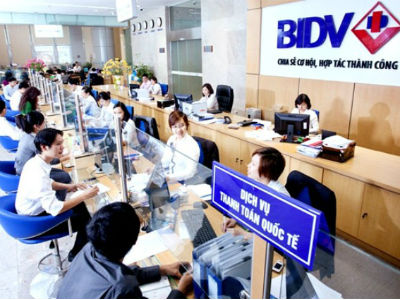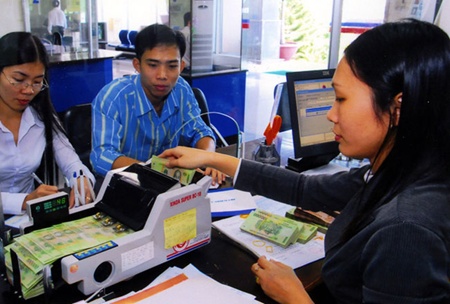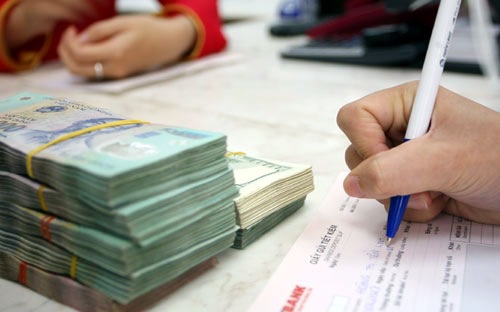Vietnam changes posture on public debts
Vietnam changes posture on public debts
Repeatedly affirming that its public debt is still within safe bounds, the government has till now never displayed any worries when presenting reports about the matter before the National Assembly. But the latest report is different.
“The public debt is still within the safety limit, but there are big difficulties arising in capital mobilization and debt payment,” says the report about the socio-economic situation released on April 24 by the Ministry of Planning and Investment (MPI).
Just half a year before, at the sixth working session of the National Assembly, the government once again affirmed that the sovereign debt was within the safety lines.
The public debt by the end of 2013, as reported by the government at that moment, was equal to 56.2 percent of Vietnam’s GDP, while the government’s debt stood at 42.6 percent and the foreign debt at 39.5 percent.
However, the word “safety” used in the previous reports could not help economists feel at ease. Concerns about the public debt and debt solvency have been continuously discussed at business forums, including the 2014 Spring Economic Forum, which is believed to be the biggest and most trustworthy in Vietnam.
“It seems that we are undervaluing the risks of the public debts,” commented Tran Dinh Thien, Head of the Vietnam Economics Institute.
“Based on international practice, the debts paid by governments every year should be no more than 25 percent of the money collected bythe state’s coffers. Meanwhile, the figure was 26.7 percent in 2013 for Vietnam. So one must not say the public debt is not a concern,” Thien said.
MPI, in its report, showed a lot of figures to show the “big difficulties” it mentioned when talking about the public debt.
Vietnam plans to mobilize VND400 trillion a year in the next three years, a huge amount of capital, through issuancesof government bonds. The figure is equal to 8-9 percent of GDP. The money to be borrowed would be used to offset the overspending, make rollover payments and make investments.
MPI has drawn people’s attention to the fact that 80 percent of the public debts are small and medium loans, while only 20 percent are long term loans, which means very high debt payment frequency.
Dr. Nguyen Duc Kien, Deputy Chair of the National Assembly’s Economics Committee, has commented that the public debts are on a sharp rise.
“You can see how awfully the public debts have increased if you consider the borrowing and debt payment plan approved by the Prime Minister and compare it with the National Assembly’s estimates for 2014,” he said.
However, Kien said, the danger not only lies in the sharp increase in the public debt, but also in the way the borrowed money is used.
“We are borrowing money to pay old debts. Meanwhile, the average debt life is very short, just 3.3 years.And it takes you at least three years to invest in a project. This means that you’ll have to begin paying debts even though your factory still cannot churn out products,” Kien explained.
vietnamnet
























